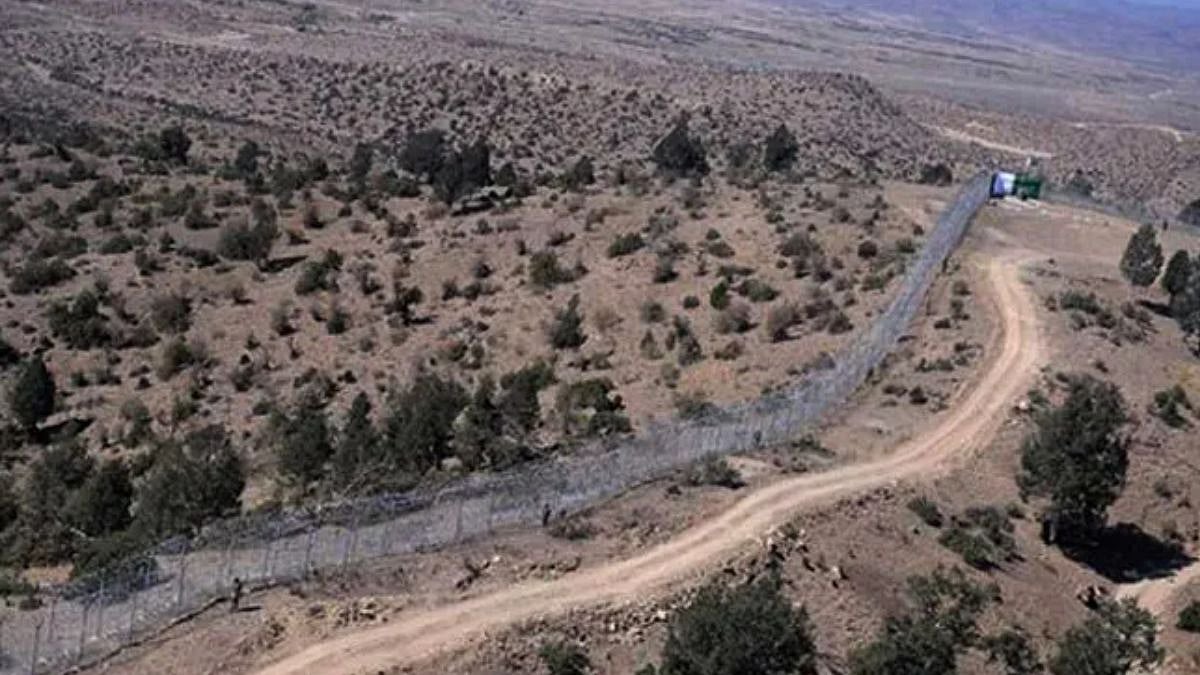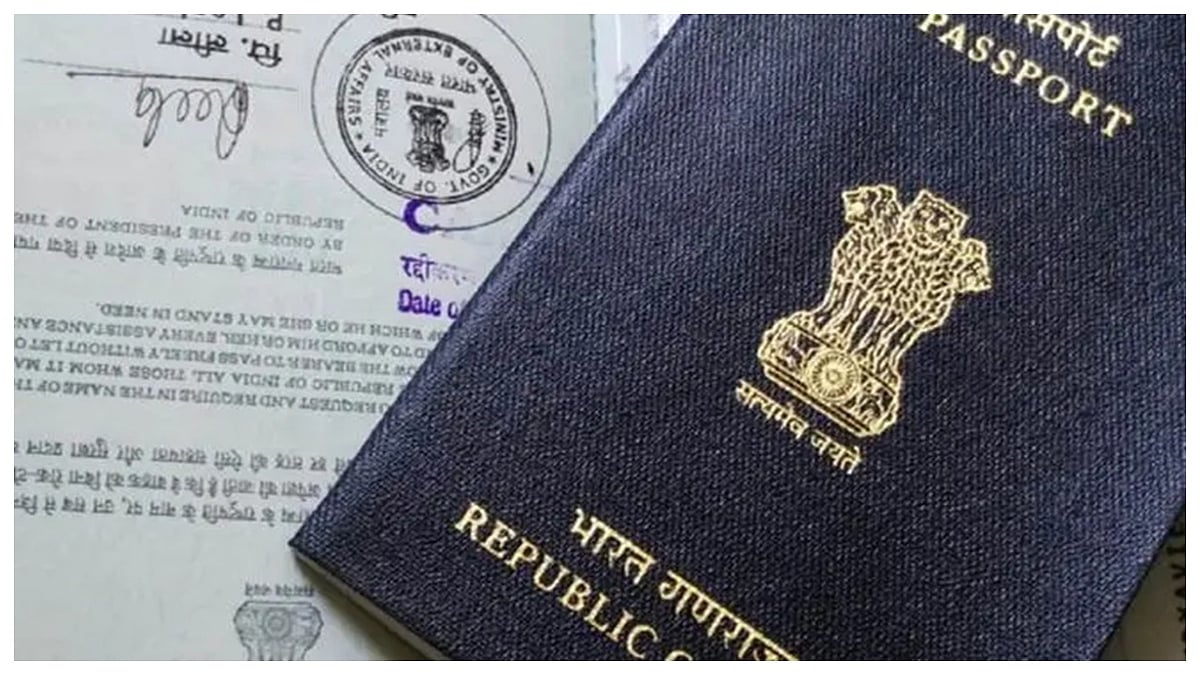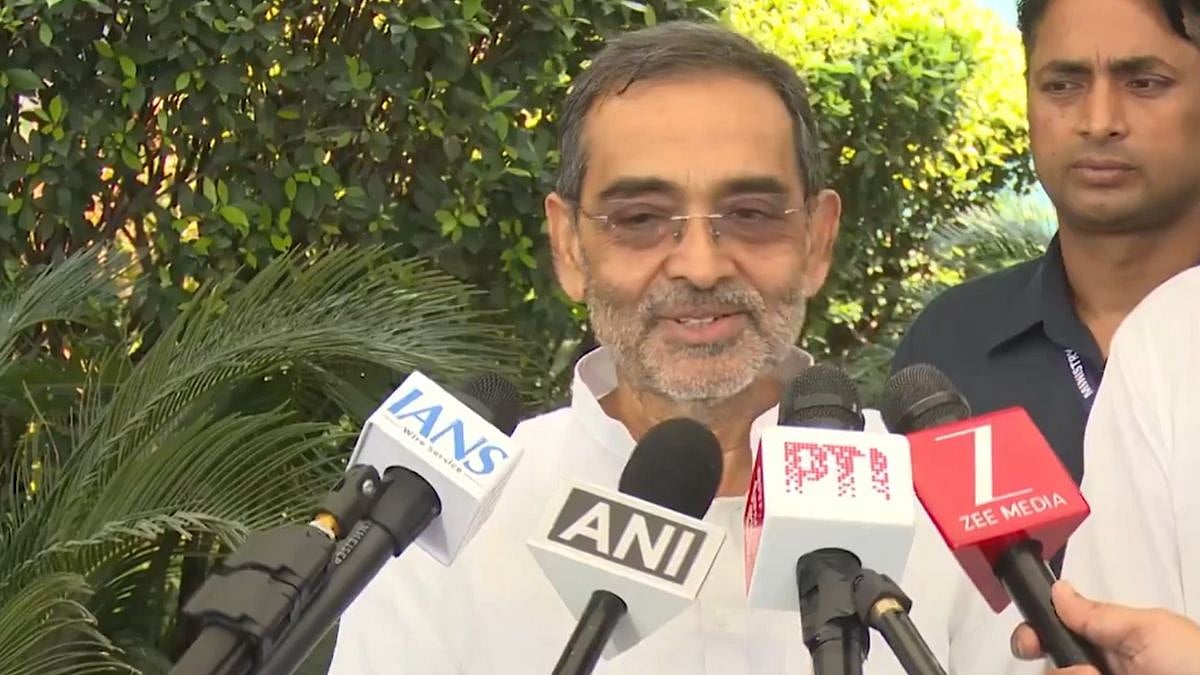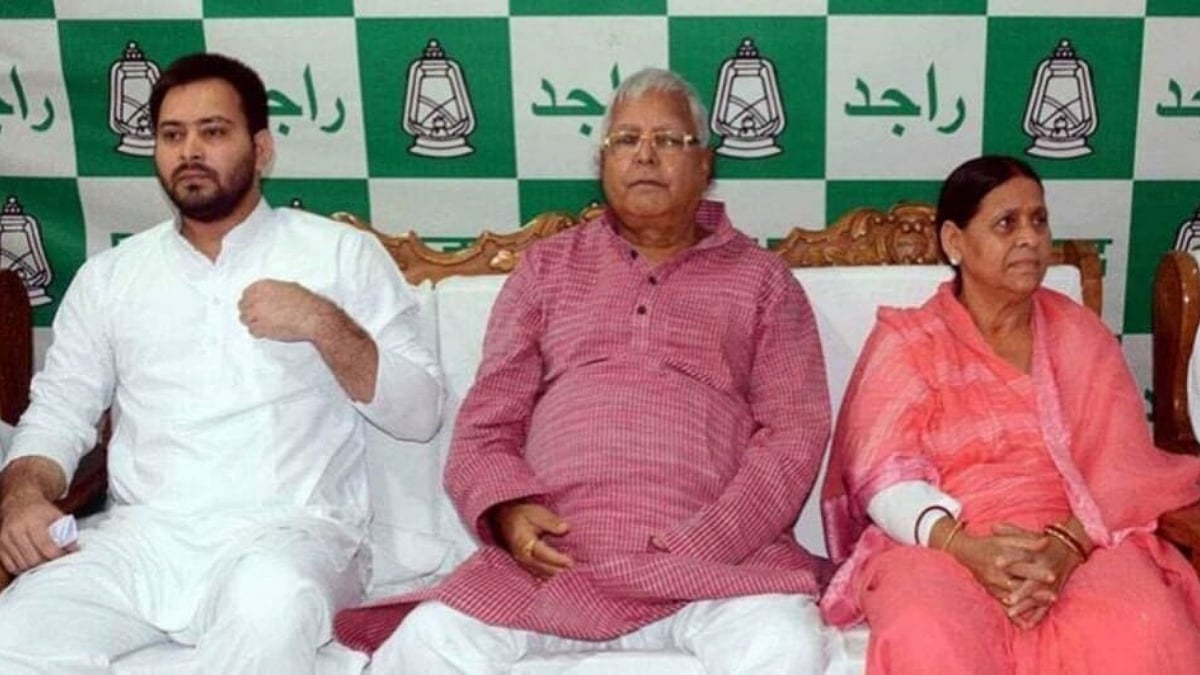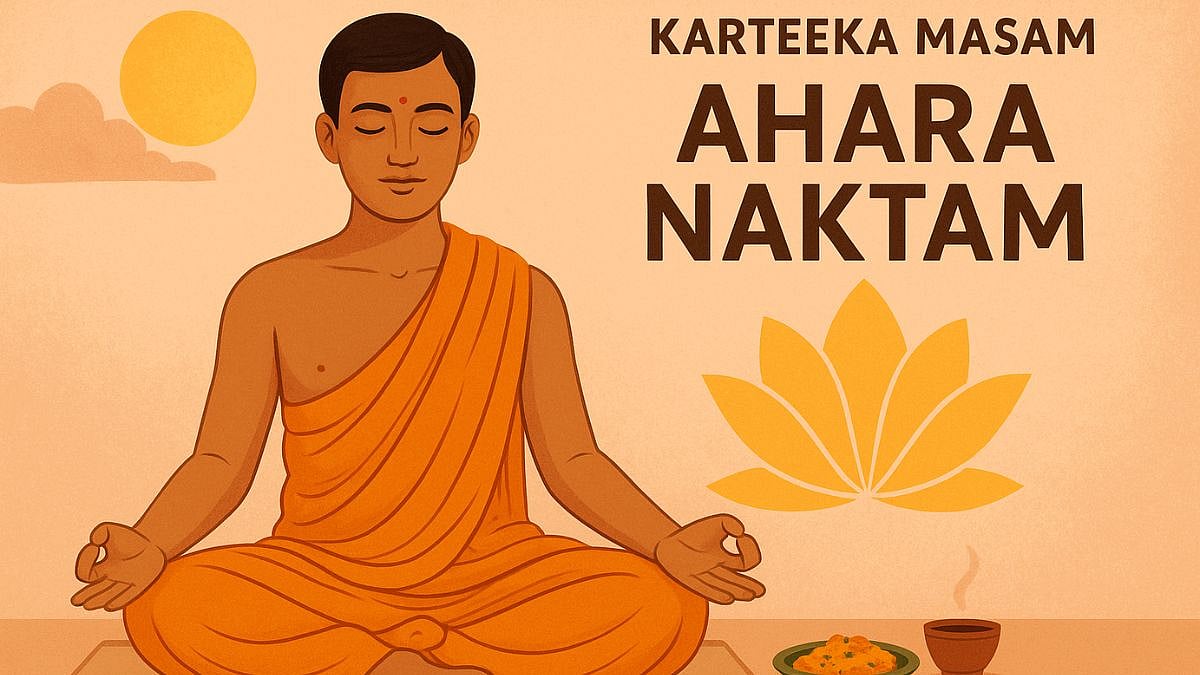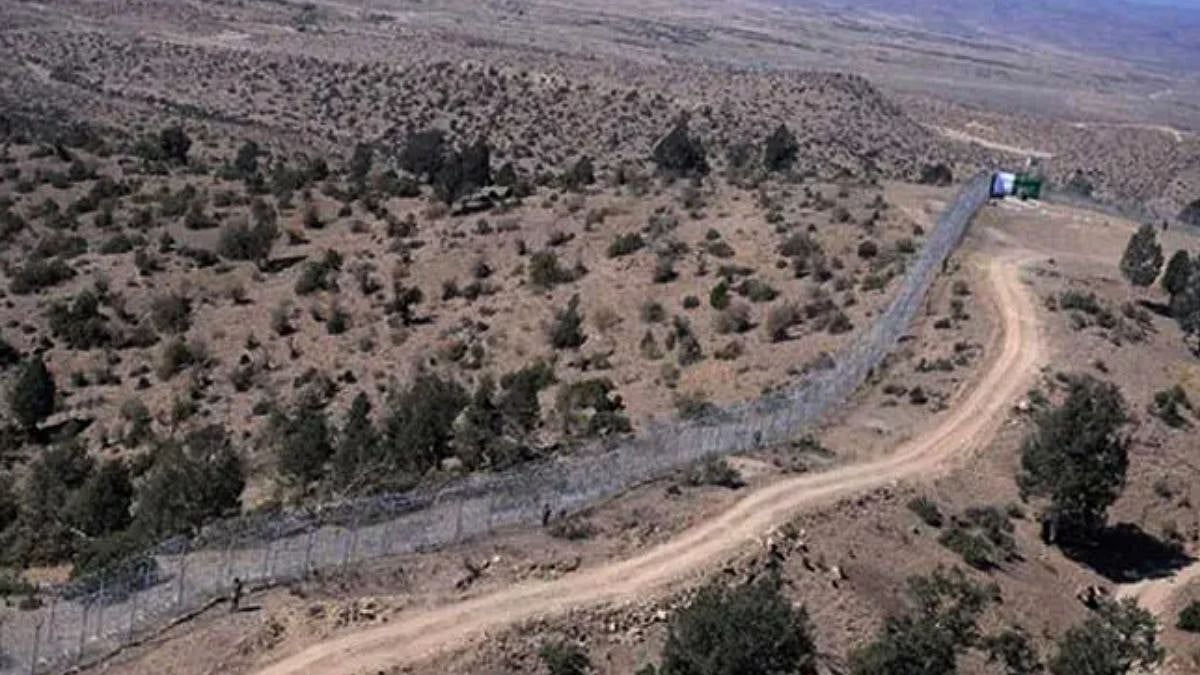Monsters do not get reflected in mirrors. But if by some miracle they did, Afghans would see in their mirror a whole line-up of tormentors. From Alexander to the Soviets, Americans and Pakistanis, each one of them has treated Afghanistan and its people shabbily. In every case, Afghans have fought them stoically. And from each invading force, they have earned the greatest praise for their grit.
A Russian general said in 1987, “Pashtuns are the bravest people ever born on the earth; these people can’t be defeated by force.” An American general echoed this sentiment in 2004: “We are fighting a meaningless war against rocks.”
Such praise may sound heroic, but it has condemned Afghans to a near-constant state of war even in the few moments they are at peace. The result is one long carnival of blood.
Among the many reasons for their misfortunes in the previous centuries was their strategic location as a passage for invading armies on their way to loot India. In a reverse defence of sorts, British India fought three futile wars with Afghans in the 19th century to keep the disinterested Russians away from Afghanistan.
The first two Anglo-Afghan wars bankrupted the East India Company, making it convenient for Britain to begin its direct rule of India. This marked the beginning of the many Afghan troubles that continue to hound it. Some wars followed, but it wasn’t just violence that stalked Afghans; they were tricked too by the British.
In 1893, Mortimer Durand, the foreign secretary of British India, arrived in Kabul to mesmerise the Afghan Amir, Abdur Rahman, into signing a short, seven-paragraph document written on a single sheet of paper. Its script was in English, a language that the Afghan Amir could neither read nor speak. The result of Amir’s signature on it was the illegal transfer of 40000 sq miles of Afghan and Baloch lands to what was termed as British India’s area of influence.
Once he had the signed document in his hand, Mortimer Durand did not linger in Kabul. Upon returning to India, he said, “The (Pathan) tribes on the Indian side are not to be considered as within British territory.”
Later, on Feb 13, 1898, the secretary of state for India, Lord George Hamilton, informed the British House of Commons, “The main object of the Durand Agreement… was to fix the limits of the respective spheres of influence of the two governments.”
So, both the principals concerned, Durand in India and Hamilton in Britain, asserted that it was not a border between British India and Afghanistan.
This is how it remained till close to the decision that the British were to take about India’s partition and its independence. That’s when the British, by another sleight of hand, turned it from the area of influence to the Durand Line. The British intention was to transform it into a border as a gift to Pakistan—the newly carved country it hoped would become Britain’s long-term strategic ally in the region. Ever since, no Afghan government has agreed to this arbitrary change.
If Pakistan claims the Durand Line constitutes a natural border, Afghanistan sees it as an illegitimate colonial imposition. Given these two diametrically opposite positions, what does the future hold for Afghanistan, and more particularly for the Pashtuns? Will the scrapping of the Durand Line remain the unfinished agenda of the Pathan complaint against Pakistan?
This is how it might remain. Consequently, the chance of peace or some form of normality coming to the region is slim.
Is there any other way of arranging the dynamics in this region that makes it secure? The chance of that happening seems bleak, but one way of strengthening Afghanistan will be to correct the historical wrong and restore the frontier areas to it. A reduced Pakistan will not be the global menace that it is now. That changed picture is the only hope for tranquillity in the region. Once again, this too is unlikely to happen, and this region will continue to see strife for one reason or another. Unfortunately, this state of instability has led to many migrations out of Afghanistan.
Over the course of the last forty years, Afghans have scattered like autumn leaves wherever they were granted refuge. As a result, Afghans have been dispersed so far and wide that they belong everywhere and nowhere. They live there indifferently and uncertainly at the whims of their local hosts. The great majority have migrated to different parts of Pakistan. There they live in slums where they are increasingly being racially profiled and hounded by the security agencies.
This, alas, is the present fate of a proud people.
Otherwise, historically viewed, Pashtuns have lived on their lands without interruption or major migration for about 20,000 years. They know their neighbourhood very well, and their men have been armed to the teeth since the first bow was strung. Their ancient code involves a commitment to hospitality, revenge and the honour of their tribe. The Afghans would like to live life on their own terms, but will Pakistan allow them to live by their code? Unfortunately, Pakistan has never made that effort, ensuring thereby that Afghans continue to tread daily on tricky paths. Pakistan’s motivation is land, a piece of Afghanistan that Afghans vow is theirs. This is how it has been since Pakistan came into being, and this is how it may remain.
A point in support is the exchange between Pakistan’s first prime minister and the man known as Frontier Gandhi.
On March 5, 1948, Pakistan’s prime minister, Liaquat Ali Khan, asked this question in its Constituent Assembly, “Is Pathan the name of a country or that of a community?” Liaquat Ali’s question had considerable political significance because it was directed at the great Pakhtoon leader, Khan Abdul Ghaffar Khan.
The reply given by Ghaffar Khan was an echo from every Pathan heart: “Pathan is the name of the community, and we will name the country as Pakhtoonistan.”
He went on to add, “I may also explain that the people of India used to call us Pathans, and we are called Afghans by the Persians. Our real name is Pakhtoon. We want Pakhtoonistan and want to see all the Pathans on this side of the Durand Line joined and united together in Pakhtoonistan.”
That quest for Pakhtoonistan continues.
Former diplomat Rajiv Dogra is an author and frequent public speaker on foreign policy.
